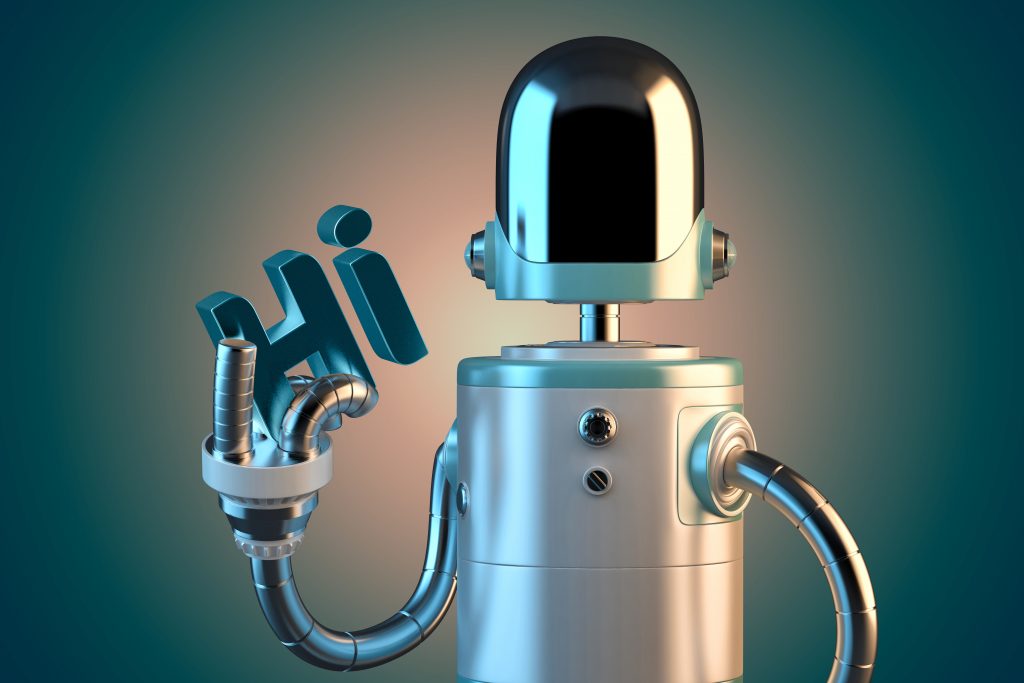Source:-analyticsinsight
Since the time chatbots have entered the advanced world, every organization and marketer are interested to utilize them as a significant tool to interact with their clients on a daily basis. Some of them were sufficiently quick to try things out, while others are still at the thinking stage. Brands can connect with their customers and interact with them in a personal manner by means of chatbots.
With the capability of chatbots to give client support more than ever, brands can now increase their sales. Subsequently, chatbots can provide opportunities to improve brand engagement, assist organizations with accomplishing business growth, and make monetary profits. Businesses as well as customers are cherishing this innovation.
The problem of waiting for long periods of time to connect with customer care executives gets wiped out. In addition, chatbots can provide solutions to clients in any event, even during non-operational hours.
Because of chatbot’s brief answers and 24*7 accessibility, 69 percent of customers today favor communicating with chatbots as opposed to people. Hence, chatbots have become an absolute necessity for organizations to survive. Initially, when chatbots were new, they failed to lead discussions.
Today, chatbots have developed to become refined and sophisticated models. In any case, chatbots sometimes despite everything come up short on understanding the client’s expectations and language. They should, in this manner, be trained well to comprehend the specific situation, user intent, and sarcasm in human language.
Artificial intelligence plays an important role in increasing the efficiency of chatbots. Artificial intelligence gives a human touch to each discussion chatbot strikes. The bot comprehends the customer’s inquiry and triggers a precise response in the same manner in which humans can understand each other’s concerns and give a reaction accordingly.
Chatbot with AI capabilities makes your bot capable and clever to answer complex inquiries. The communication is engaging, conversational, and lively. Chatbot learns from each discussion it has with the clients. It analyses the past interaction to improve the current response. This movement assists with improving the proficiency of bot reaction.
In addition, it helps to understand your client’s choices and preferences. Smart conversations spare customer’s time by helping them to locate the correct data and address their queries. Machine learning is an algorithm that causes the chatbot to learn from questions and the information given by organizations during bot training.
At the point when a query is triggered, machine learning encourages the bot to initially screen the previous discussion it had with the client and give a response accordingly. Along with AI and machine learning, NLP also plays a major role in revolutionizing chatbots. NLP assists organizations with offering a pleasant experience to customers.
With regards to chatbots, NLP can be utilized to recognize what the client is really attempting to tell or inquire about. Along these lines, brands can interact with their clients in a personal, more sympathetic way, which can at last make them stand unique among their competitors. NLP systems widely use machine learning to parse client input in order to take out the important elements and comprehend client intent.
Chatbots with natural language processing can parse numerous client messages to limit failures. When it comes to natural language processing, designers can train the bot on numerous interactions and discussions it will experience as well as giving various instances of content it will interact with as that will in a general sense give it a much more extensive scope with which it can additionally evaluate and decipher inquiries more adequately.
Businesses should train chatbots to switch their tones, from formal to casual, to keep customers engaged and intrigued. Be that as it may, to lead such human-like discussions, chatbots must have a profound context-awareness ability. Furthermore, for that ability, designing chatbots with NLP is fundamental.
With NLP, chatbots can without much of a problem comprehend the mind-boggling human language. Each individual possesses a different style while communicating. With NLP, chatbots can rapidly understand an individual’s personality and react in the same manner. Moreover, chatbots can understand sarcasm, humor, and other conversational tones better with NLP. Truly, NLP gives chatbot their very own personality.
With computational algorithms, context extraction, content summary, and sentiment examination, NLP can help chatbots decipher the raw content, process it, and convey enhanced data to clients. Natural language processing assists with understanding and deciphering customer requests, difficulties and issues, and then utilizing an advanced level of AI to help convey the suitable actions to fulfill the client’s needs.
Advanced NLP can even analyze the meaning of a client’s messages. For instance, if you are making an inquiry or saying something. While this may appear to be unimportant, it can deeply affect a chatbot’s capacity to carry on an effective discussion with a user.
While natural language processing positively can’t produce miracles and guarantee that a chatbot appropriately reacts to each message, it is incredible enough to become the deciding factor in a chatbot’s prosperity. It’s important to not think little of this significant and often ignored part of chatbots.


